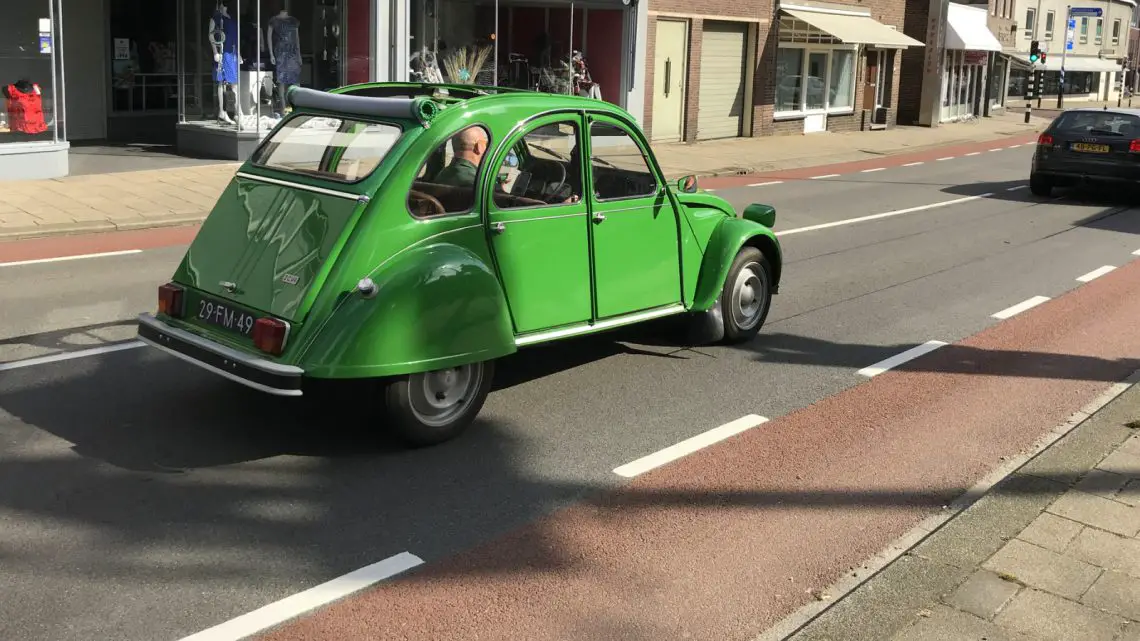When is a car a vintage car?
When is a car a vintage car?
A car is a vintage car if the car is 40 years old. So that’s not necessarily the classic cars from the 1920s, but also cars from the late 1970s. These regulations were amended in 2013. At the time the limit was 25 years, but so now it has been raised significantly. So once your car is 40 years old, you fall under the vintage car regulations. This means different insurance and tax rules. Because the regulations have been changed, there is a transitional arrangement for owners of cars that were vintage cars at the time but are no longer covered by that rule. The Tax and Customs Administration has developed a calculator where you can check whether you fall under the transitional regime!

Transitional regulation
All cars that were 26 to 40 years old on January 1, 2014, are covered by the transitional rule. If your vintage car falls into this category, you will pay no more than 25% of the rate provided you do not get into your vintage car to go for a drive in December, January and February. If you own a bus or truck that runs on diesel or LPG, you also qualify for these regulations. Again, you are not allowed to drive these vehicles for business purposes.
No road tax
The big advantage of driving a vintage car is that you don’t pay road tax. To meet this, there are more requirements than just the age of your vintage car. The age applies only from the time the car was put into service. So the year of construction is not a determining factor. In addition, the car must be in the name of a person and used privately. As soon as you start driving your vintage car for business purposes, you are required to pay road tax.
Oldtimer Insurance
If you want to insure your vintage car, there are vintage car insurances for this. The insured value of a vintage car is the appraised value of the car. With a regular car, this is different. The difference with a “normal” car insurance, is that a classic car insurance has to meet stricter requirements. Because a vintage car is a greater risk to the insurer than a regular car, you often see insurers require that the vintage car be used exclusively for recreational purposes. Having another car is often a requirement. In addition, only a limited number of miles per year may be driven with the vintage car. The minimum and maximum age of the insurance purchaser is also a consideration.

